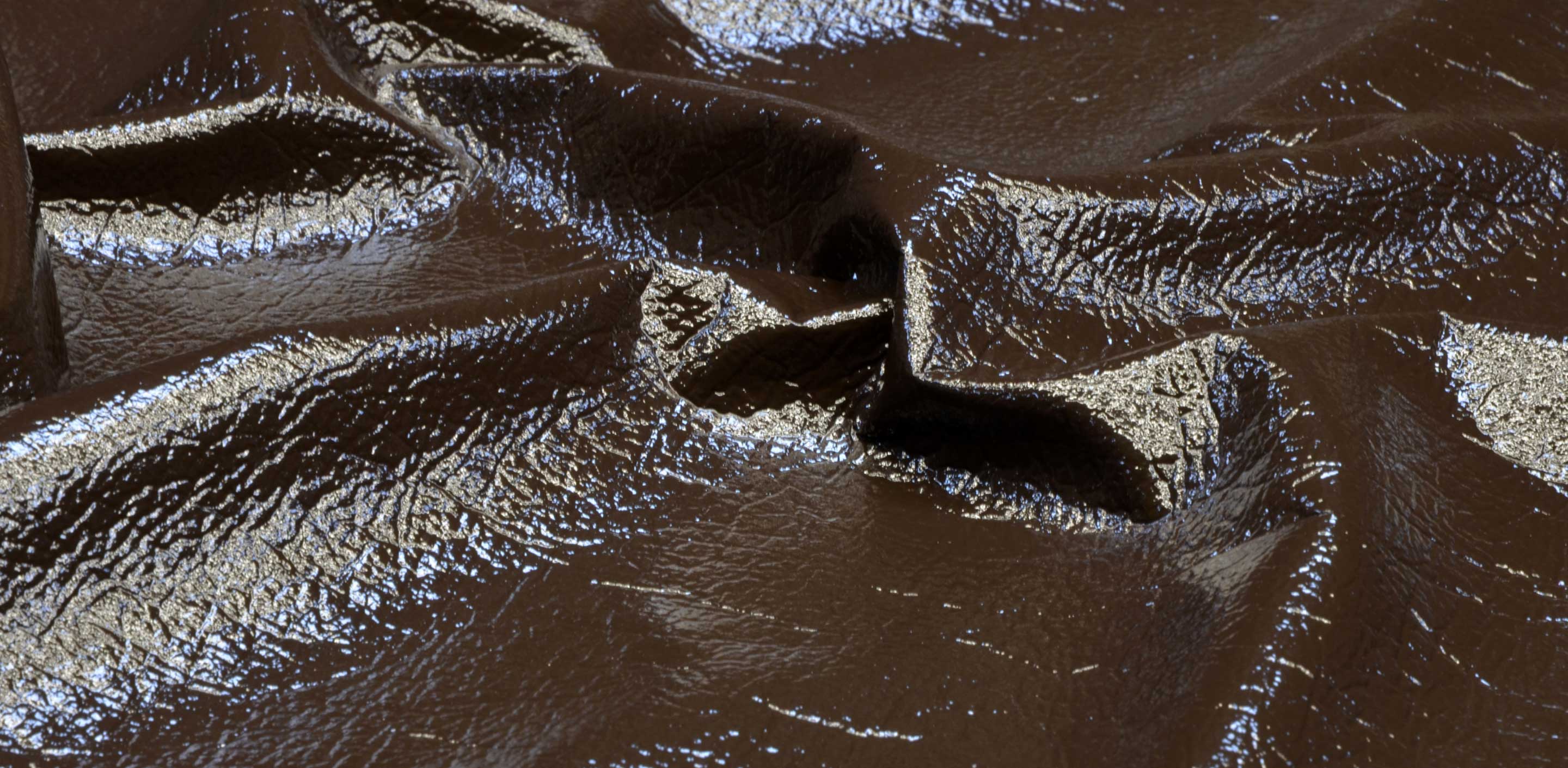PU Leather Under the Microscope: Eco-Friendly Choice or Not?

PU (Polyurethane) leather, often marketed under various guises such as "synthetic leather" or "vegan leather," represents a category of faux leather materials. While it has been embraced by some for its animal-friendly proposition, it is essential to scrutinize its characteristics, production methods, and overall quality critically.
PU leather stands as a testament to human ingenuity in attempting to replicate the texture and appearance of genuine leather without using animal hide. It's a synthetic material that offers an alternative to traditional leather, aiming to cater to ethical concerns and environmental considerations.
History and Legacy
The development of PU leather can be traced back to the mid-20th century, emerging as a byproduct of the petroleum industry's expansion. It was introduced as a cost-effective and cruelty-free alternative to real leather, finding its place in a market increasingly concerned with animal welfare and the environmental impact of traditional leather tanning.
How Is It Made?
PU leather is manufactured through a process that involves coating a fabric base with a polymer layer, typically polyurethane, and then treating it to resemble animal leather. This process allows for a wide variety of textures and colors, making it versatile but also raising questions about its environmental footprint, as it relies heavily on plastic and petrochemical components.
How To Identify?
- Texture and Smell: Unlike genuine leather, PU leather has a distinctly plastic feel and lacks the natural leather scent.
- Uniformity: It features an overly consistent pattern that lacks the unique imperfections of real leather.
- Price: Generally, PU leather products are less expensive than their genuine counterparts.
Uses
PU leather is widely used in fashion, accessories, upholstery, and automotive interiors, offering a low-cost alternative for those prioritizing ethical considerations over material longevity and performance.
Advantages
- Affordability: More accessible price points make it an attractive option for budget-conscious consumers.
- Ethical Aspects: Appeals to those seeking to avoid animal products.
- Variety: Available in a broad range of colors and patterns.
Disadvantages
- Environmental Impact: Synthetic nature raises questions about sustainability and ecological responsibility.
- Wear and Tear: More susceptible to damage and less durable over time.
- Lack of Authenticity: Fails to replicate the full sensory experience and quality of real leather.
Care and Maintenance
- Cleaning: Easy to clean with a damp cloth and mild detergent.
- Protection: Avoid prolonged exposure to direct sunlight and heat to prevent cracking and peeling.
- Conditioning: Specialized PU leather conditioners can help maintain its appearance, though they will never fully mimic the aging process of genuine leather.
In conclusion, while PU leather presents an ethical and cost-effective alternative to real leather, it's important to approach it with a critical eye. Its production and performance issues highlight the need for continued innovation in sustainable materials that do not sacrifice environmental integrity for the sake of convenience and affordability.


